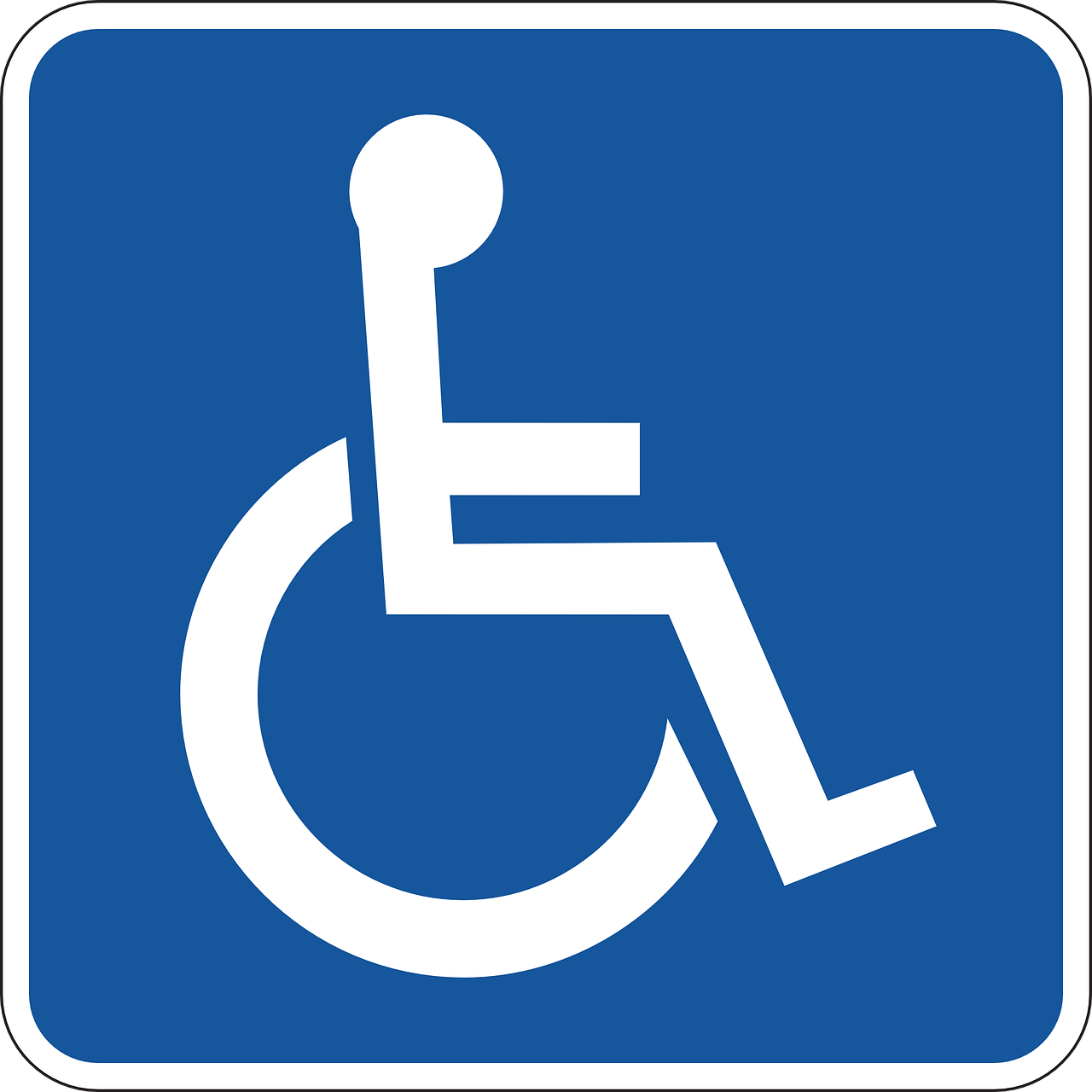Social Security Disability (SSDI) and Supplemental Security Income (SSI) payments may sound similar, but they have several differences to be aware of when you’re looking into these programs.
What are SSI Payments?
This federal program is based on the financial needs of an individual. Your income and assets are considered when you apply to determine whether your need is great enough to qualify. You go through a “means test” as part of this process. The asset limits for SSI is less than $2,000 for individuals and $3,000 for couples. Your income, if any, is also subject to limits.
If you meet the requirements for SSI, you also have access to other social services, such as Medicaid and food stamps. After an application approval, you receive SSI benefits starting from the month that you submitted the paperwork. SSI payments are $771 per month for individuals and $1,157 if you’re married.
Some states provide you with a supplement to your SSI income for additional financial assistance. You can also have a small amount of earned and unearned income before it gets deducted from your SSI benefit.
What are SSDI Payments?
SSDI receives its funding through FICA Social Security taxes, so your eligibility is tied to your income and the years that you’ve worked. The Social Security trust fund provides payments to people who are under 65 with a qualifying number of work credits. You need 40 credits or more to meet this requirement, and Social Security generally wants to see 20 of those credits earned within the past 10 years.
The amount that you receive depends on your average income over the past 10 years, and you need to wait at least five months before you start getting any benefits from SSDI. If you receive SSDI payments for two years or more, you also become eligible to receive Medicare coverage.
The typical recipient of SSDI receives $1,234 per month through this program, but you can qualify for up to $2, 861.
The Differences Between SSDI and SSI Payments
The biggest difference between these types of payments is the way that you qualify for them. SSDI requires that you have a sufficient work history, while SSI doesn’t. Your medical qualifications are the same with each program, so it’s the financial aspect that you have to pay the most attention to.
Some people find that SSDI is easier to qualify for, as they’ve paid into the program and it’s based on their previous income. You can point at your previous income to show how your disability is impacting your ability to be productive. SSI is offered for low or no-income individuals who may or may not have those same data points available.
When you apply for SSDI or SSI, make sure that you have all of your financial paperwork in order alongside your medical documents. You need to know the assets that you have, how much you earn in a steady monthly income, your average income over the past 10 years, and other important financial information. You can give this to the law firm that you’re working with to get disability, or as part of filing on your own.
By understanding the differences between SSDI and SSI payments, you can reduce wasted time and effort by applying for the program that makes the most sense for your situation. It may take time and several appeals before you’re approved, so it’s best to fully understand how each option works.









